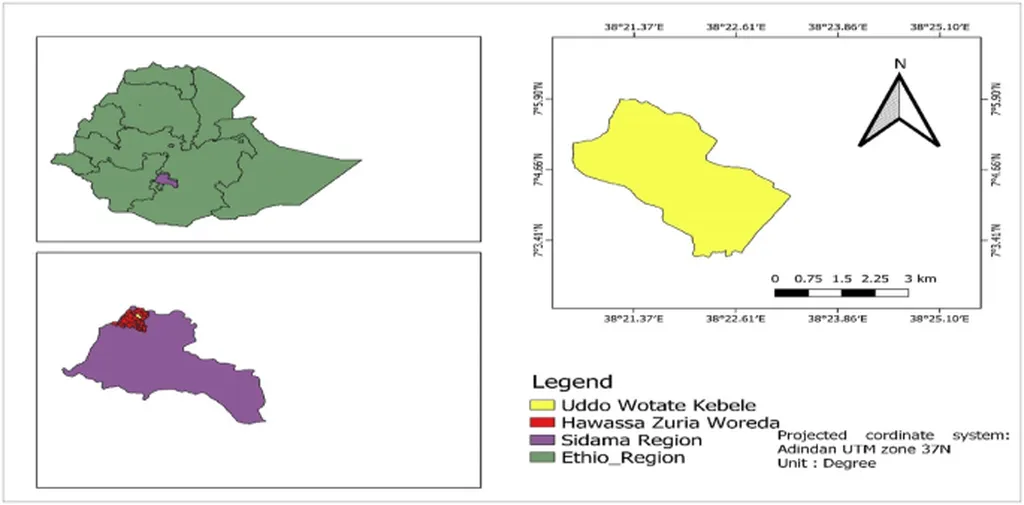In the quest for sustainable and cost-effective construction materials, researchers are turning to the very ground beneath our feet. A recent study published in *Heliyon* (which translates to “Open Skies” in English) offers a promising approach to enhancing the engineering properties of locally available soils for embankment construction, potentially revolutionizing the way we build infrastructure.
Embankments, essential for roads, railways, and irrigation projects, often require large quantities of high-quality fill material. However, sourcing this material can be expensive and environmentally taxing, especially when it needs to be transported over long distances. This challenge is at the heart of the Guacha irrigation and drainage project, where the demand for suitable embankment material outstrips local supply.
Enter Habtamu Sewnet Alehgn, a researcher from the Civil Engineering Department at the University of Gondar in Ethiopia. Alehgn’s study focuses on improving the engineering properties of embankment soils by mixing locally available clay and silt soils, taking into account their unsaturated properties. “The idea is to make the most of what we have locally, reducing the need for costly and environmentally damaging imports,” Alehgn explains.
The research involved a meticulous process of preparing soil mixtures through extensive laboratory trials. Soil water characteristic curve (SWCC) tests were conducted using a pressure plate apparatus, along with various index property tests. These tests helped identify, classify, and calculate the suction-water content of the soil. The SWCC parameters, combined with the index properties of the soil, were then used to determine the permeability and shear strength of the soils.
The results were promising. Alehgn found that a mixture of 60% clay and 40% silt soil exhibited excellent engineering properties, aligning well with the recommended standards for embankment materials. “This approach not only reduces costs but also contributes to a more sustainable environment,” Alehgn notes.
The implications of this research are significant for the construction and energy sectors. By utilizing locally available materials more effectively, projects can reduce transportation costs and their carbon footprint. This is particularly relevant for large-scale infrastructure projects, where the demand for high-quality fill material is substantial.
Moreover, the methods developed in this study could be applied to other regions with similar soil compositions, potentially transforming the way embankments are constructed worldwide. As Alehgn’s work demonstrates, the key to sustainable construction may lie in the ground beneath our feet, waiting to be optimized and utilized.
Published in *Heliyon*, this research opens up new avenues for innovation in the field of geotechnical engineering. It serves as a reminder that sometimes, the most sustainable solutions are the ones that are right in front of us, waiting to be discovered and harnessed. As the construction industry continues to evolve, studies like this one will play a crucial role in shaping a more sustainable and efficient future.

